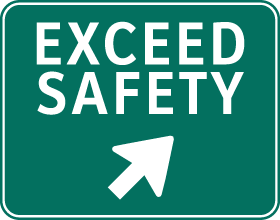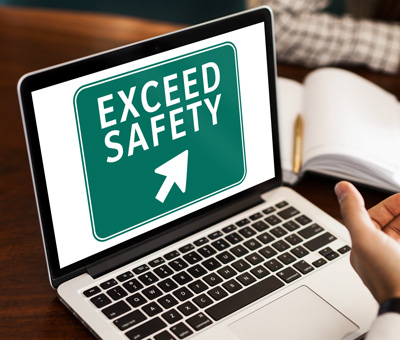Welding is an indispensable process across numerous industries, yet it inherently presents a range of hazards. Prioritizing welding safety is not only essential for the wellbeing of employees but also for safeguarding the organization. A comprehensive welding safety policy should encompass a thorough understanding of potential hazards, protective measures, and adherence to industry best practices.
Understanding Welding Hazards:
- Arc Flashes: Defined by OSHA, an arc flash is a dangerous phenomenon where an electric current deviates from its intended path, potentially causing violent incidents. Proximity to an arc flash can result in severe injury or even fatality.
- Fumes and Gases: Welding generates harmful fumes and gases, such as zinc, cadmium, and lead, posing risks of respiratory issues and long-term health complications.
- Electric Shock: High-voltage welding equipment increases the risk of electric shock, especially in damp conditions.
- Fire and Explosion Risks: Sparks from welding can ignite fires or cause explosions if flammable materials are present.
Implementing Safety Measures:
- Personal Protective Equipment (PPE): Welders must wear appropriate PPE, including helmets with face shields, fire-resistant clothing, safety glasses, and respiratory protection.
- Ventilation Systems: Implementing proper ventilation or exhaust systems can effectively remove hazardous fumes and gases from the workspace.
- Training and Certification: Ensuring that welders are adequately trained and certified is crucial for safe welding practices.
- Equipment Maintenance: Regular inspection and maintenance of welding equipment are vital to prevent accidents due to malfunction.
- Good Housekeeping: Keeping the workspace clear of flammable materials and having fire extinguishers readily available are key preventive measures.
- Safe Work Practices: Adopting safe practices, such as maintaining distance from the welding arc and avoiding welding on containers previously holding flammable substances, is essential.
Developing a Welding Plan:
Prior to commencing any welding job, conducting a risk assessment and formulating a specific welding plan is imperative. This plan should include:
- Identification of jobsite-specific hazards.
- Determination of suitable safety requirements and necessary PPE.
- Development of an emergency action plan.
- Preparation of the welding area to ensure it is safe and conducive for the task.
Fostering a Culture of Safety:
Ongoing monitoring and evaluation of welding practices are crucial for continuous improvement. Employers must encourage a culture where safety concerns and incident reports are openly discussed and taken seriously. This approach not only enhances safety protocols but also fosters a work environment where employee wellbeing is paramount.
Conclusion:
While welding is a high-risk yet essential activity in many sectors, prioritizing welding safety is crucial. Understanding hazards, enforcing safety protocols, providing robust training, and continually refining practices are fundamental to protecting employees, preventing accidents, and maintaining a safe, productive workplace. Remember, safety in welding, as in all operations, must always be the foremost consideration.








